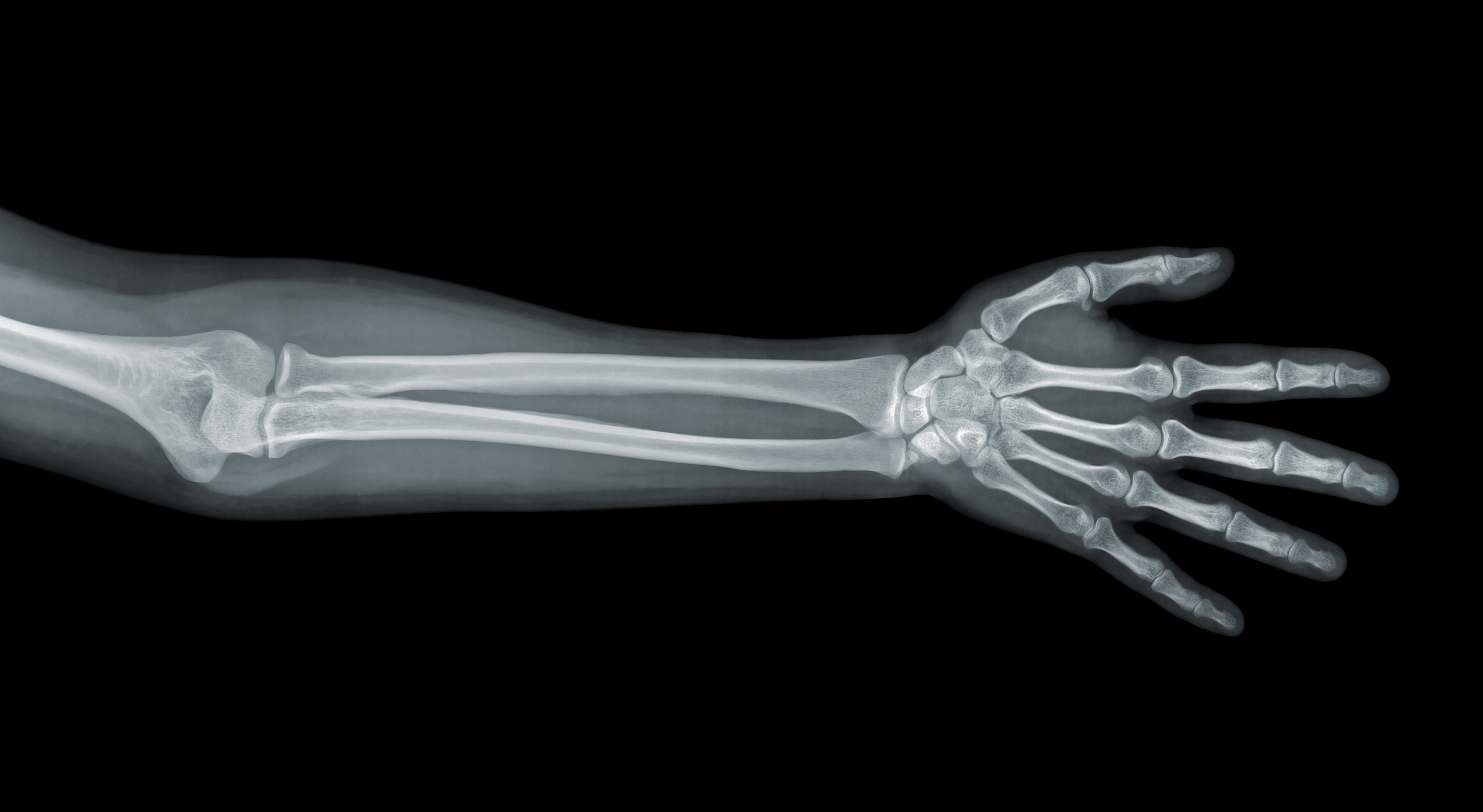by Buck Institute
July 8, 2024 . BLOG
Bones: The Unsung Vital Organs
The Schilling Lab dives into the complex bone microenvironment and publishes its first described mechanism for bone quality decline.
Your skeleton is more sophisticated than a simple scaffold supporting your body. It is one of the main organ systems fostering communication throughout your body. In fact, the skeletal system holds the second largest network of cellular outreaches in humans, behind the nervous system. It is considered a cornerstone of overall health, with bone health and bone signaling linked to neurodegenerative disease and nutritional disorders such as diabetes and obesity.
As bone ages, certain mechanisms falter and compromise bone quality, potentially causing bone fragility and impacting systemic health. Yet, mechanisms controlling bone quality remain largely unknown. Unraveling processes that maintain bone quality as we age is crucial for developing targeted therapies to maintain both bone and overall health.
Buck Professor Birgit Schilling, PhD, and scientists in the Schilling Lab study biological pathways to better understand the molecular mechanisms that underlie aging.

For example, Postdoctoral Researcher Charles Schurman, PhD is examining how pieces of the skeleton fit together like Lego bricks in a way that causes the same amount of material to have a higher strength or quality. He is also trying to uncover why some of the “Legos” assembled differently than others, and what mechanisms control bone quality.
Scientists in the Schilling Lab collaborate with Professor Tamara Alliston, PhD at UCSF to apply materials science and engineering concepts to mechanisms controlling bone quality with age. Just as a building relies on a sturdy framework of steel and concrete for strength and stability, bones rely on mineral and collagen to provide rigidity and support. In a similar way that a building is inspected architecturally, Dr. Schurman says with bones, “we have to look at bone quality encompassing properties like hardness, stiffness, and overall strength and strain.”
Schilling Lab scientists use an analytical method called mass spectrometry to understand mechanisms that cause changes in our bodies when we age, and in this context, to study bone quality at the molecular level. Mass spectrometry separates individual particles in a sample based on their mass and charge. According to Dr. Schurman, it is one of the only methods sensitive enough to detect individual molecular changes in bone that can impact bone strength when zoomed out to the tissue level.
In a recent study published in Bone Research (a Nature group journal), Dr. Schurman and his colleagues investigated age-related changes in collagen, a principal component of bone, and uncovered a mechanism contributing to bone fragility with age.
The study examines osteocytes in mice, the resident bone cells responsible for maintaining homeostasis or the normal state of balance in bone. Osteocytes maintain homeostasis in bone by simultaneously breaking down and depositing bone, to maintain a strong, yet flexible material.
With age, homeostatic maintenance by osteocytes is disrupted, and bone weakens. Loss of homeostasis is attributed to loss of a signaling protein called Transforming Growth Factor Beta, or TGFβ. Mass spectrometric analysis revealed normal collagen maintenance is compromised with loss of homeostasis. Thus, without homeostatic maintenance through TGFβ, collagen is not well-maintained, causing a decline in bone quality and strength with age.
Dr. Schurman reflects, “There are many different ways that bone quality is established, and this is just a piece of it. But this was the first time that we were able to demonstrate with age, a specific molecular pathway, and a specific molecular defect that is tied to a change in mechanical strength in bone.”
With this remarkable discovery, Dr. Schurman is using mass spectrometry to further examine how molecular changes in bone impact its mechanical performance, specifically in the context of diseases such as osteoarthritis. Ultimately, he believes therapeutics can be developed to target mechanisms to maintain bone quality.
Dr. Schurman emphasizes the importance of physical mobility to health, as its loss can cause pain and other ailments. With your skeleton at the backbone of mobility, it is important to maintain bone strength to counteract its decline with age.
When exercised, bone strengthens itself by building more bone. Specifically, Dr. Schurman advises people to be active and incorporate light weight training into their routines. “Your skeleton is begging to be used mechanically… And it responds very positively to that.” Most importantly, Dr. Schurman wants people to care for their bones like any other vital organ, such as their heart or brain.

SHARE